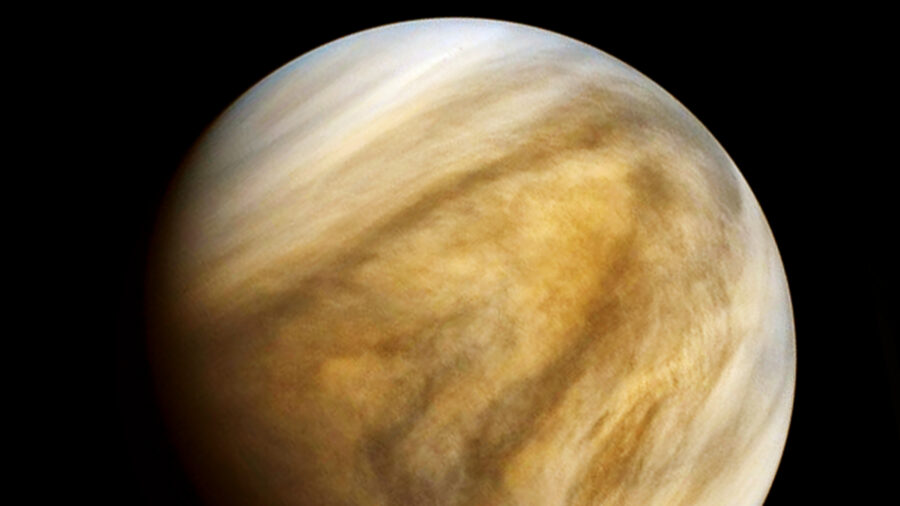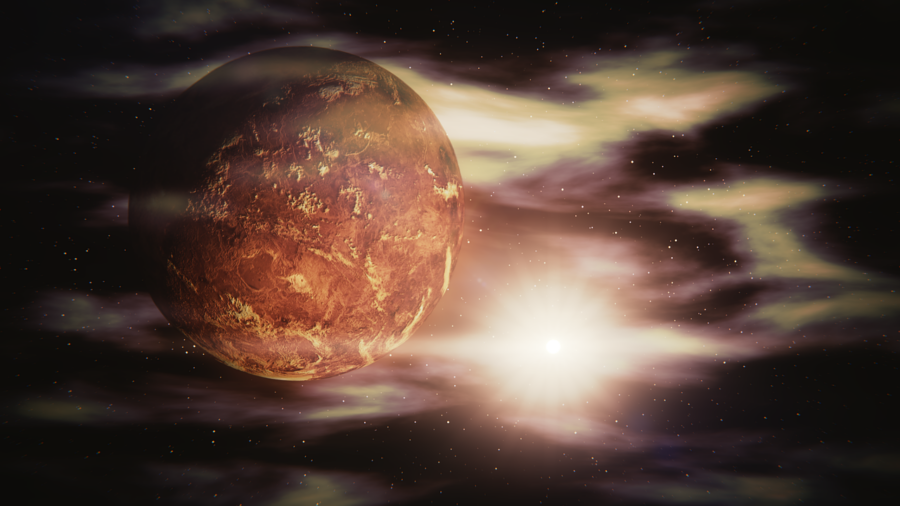Scientists Close To Confirming Life On Venus

We often hear about the prospects of finding life on other planets, but short of conveniently finding a UFO or a little green man, what would that even look like? Modern scientists actually search other planets for various biosignatures that may be created by living orgasms living on that planet. And now, IFL Science reports that scientists have discovered more of the biosignature phosphine in the atmosphere of Venus, meaning there may be a chance that the planet is host to its own form of alien life.
Scientists observing phosphine on Venus, the chemical compound produced by microorganisms on Earth, may be close to finding life on the planet.
Interestingly, this is not the first time phosphine has been detected on the planet Venus. This biosignature was originally detected back in 2020 by a group of astronomers, and the discovery understandably triggered a flurry of excitement throughout the scientific community.
There were two primary reasons for this initial excitement: none of the researchers were expecting to find this biosignature on the planet, and there was no easy explanation for why it was there.
After that initial discovery of phosphine on Venus, the original research team has had years to look deeper into their unexpected discovery. They began using different instruments optimized to find phosphine, and this helped to verify that the initial discovery was no fluke. In fact, the team has discovered phosphine on five different occasions now, and it has appeared in areas where they weren’t expecting to find it.
For example, phosphine was first discovered in the clouds of Venus. More recent findings have verified that the biosignature is present not only in the upper parts of those clouds but in the lower parts as well. This was particularly exciting because there is still an ongoing question of whether phosphine is being created by living organisms.
If it is present in the lower clouds, then it may be caused by living organisms on the surface of the planet.

The initial discovery was no fluke – the team has discovered phosphine on five different occasions now, and it has appeared in areas where they weren’t expecting to find it.
We say “if” because the presence of phosphine doesn’t automatically mean that it was created by living organisms, intelligent or otherwise. It can be caused by other things, but since life is one of the possible causes, phosphine is considered a biosignature. While the existence of life on Venus remains a long shot, this latest research does strengthen the possibility of this being the case.
When phosphine is created by natural phenomena, it would normally vary over time, but over the course of five different observations, the team has noted that the phosphine in the atmosphere of Venus has remained mostly consistent.
Team leader Professor Jane Greaves points out that “it is not really variable,” meaning that the sheer consistency of this biosignature makes the presence of life that much more likely.
If the phosphine is present in the lower clouds, then it may be caused by living organisms on the surface of the planet.
Considering that this team will continue to study the phosphines in question and that NASA has multiple missions to Venus planned for the future, we may be getting closer to confirming life on another planet in our solar system.
And while there is plenty of excitement for exploring Mars, outer space aficionados should perhaps look to Venus as the “next big thing” in space exploration. Ultimately, it’s a very exciting time for humanity as we prepare to “boldly go” on our own ongoing adventures to the stars.












